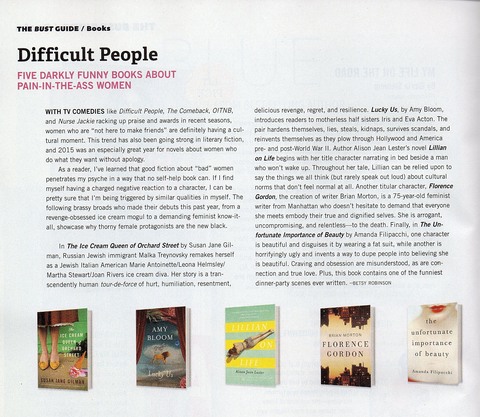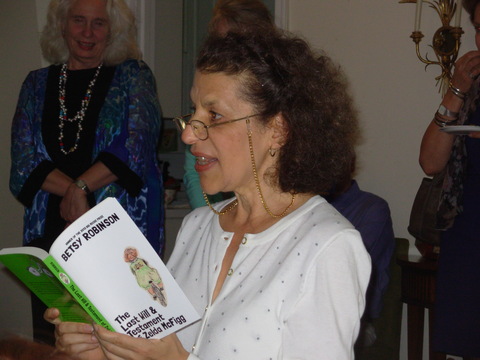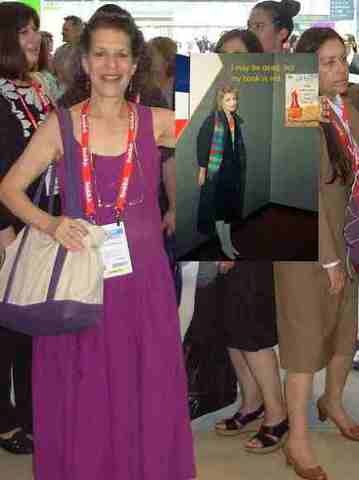 I just read a wonderful essay by Mad Men creator Matthew Weiner about his many years of failure prior to success. And one of the quotes that especially got to me was this one:
I just read a wonderful essay by Mad Men creator Matthew Weiner about his many years of failure prior to success. And one of the quotes that especially got to me was this one: . . . the most stinging responses I heard were along the lines of, "This is one of the most beautiful, well-executed, exciting things I’ve ever read, but I’m afraid that we just don’t do this kind of show." Those comments made me feel as if I were alone in the universe.I honestly don't think I've ever read that particular loneliness articulated: when somebody actually sees and appreciates you and then they reject you.
In the documentary A Sense of the Sacred, a portrait of Jungian Helen Luke, the revered analyst and author talks about the difficulty of individuating via a path that has never been taken: “If you go a way that is not a conventional way, you have no right to think that on that account you are absolved from the duty of sharing your truth that you have experienced, no matter if it is totally rejected. There may be one person here or there that may be affected—that’s what we base our lives on.”
Both of these statements catapulted me back in my own history:
In 1986, after performing a workshop of the one-woman play that I’d written called Darleen Dances—about a girl who is trying to rock ’n’ roll dance her way into the Guinness Book of Records in order to feel as if she’s mattered by the time she gets “old and decrepit and eventually dead”—I was delighted when the phone started ringing with queries about producing the play. Read More










 I became vividly aware of the musical sounds of language, specific to past decades, when I was editing my late mother's novel, The Trouble with the Truth. My mother, Edna Robinson, was born in 1921, and the novel takes place largely in the 1930s and early '40s. However it is written from a perspective in the late 1950s. This could pose a problem musically. We all know the sound of the 1930s and '40s from black-and-white Hollywood movies. Staccato and matter-of-fact-sounding. The 1950s, on the other hand, is softer—think Leave It to Beaver and Father Knows Best. Like the 1930s and '40s, the '50s have a patriarchal beat, for lack of a better way to express it. Father did know best and that was not questioned. Edna solved the problem of differing decades' music logically—the narrative was good literary writing of any era, and dialogue was perfect pitch for the 1930s–40s.
I became vividly aware of the musical sounds of language, specific to past decades, when I was editing my late mother's novel, The Trouble with the Truth. My mother, Edna Robinson, was born in 1921, and the novel takes place largely in the 1930s and early '40s. However it is written from a perspective in the late 1950s. This could pose a problem musically. We all know the sound of the 1930s and '40s from black-and-white Hollywood movies. Staccato and matter-of-fact-sounding. The 1950s, on the other hand, is softer—think Leave It to Beaver and Father Knows Best. Like the 1930s and '40s, the '50s have a patriarchal beat, for lack of a better way to express it. Father did know best and that was not questioned. Edna solved the problem of differing decades' music logically—the narrative was good literary writing of any era, and dialogue was perfect pitch for the 1930s–40s. As an editor, you live in the head of a writer, and I became so involved in the life and sounds of those three decades that I wanted to read other work of the time. For several months, I've been reading the master of the short story, John Cheever—his Pulitzer-prize-winning anthology The Stories of John Cheever. Talk about perfect pitch!
As an editor, you live in the head of a writer, and I became so involved in the life and sounds of those three decades that I wanted to read other work of the time. For several months, I've been reading the master of the short story, John Cheever—his Pulitzer-prize-winning anthology The Stories of John Cheever. Talk about perfect pitch!

